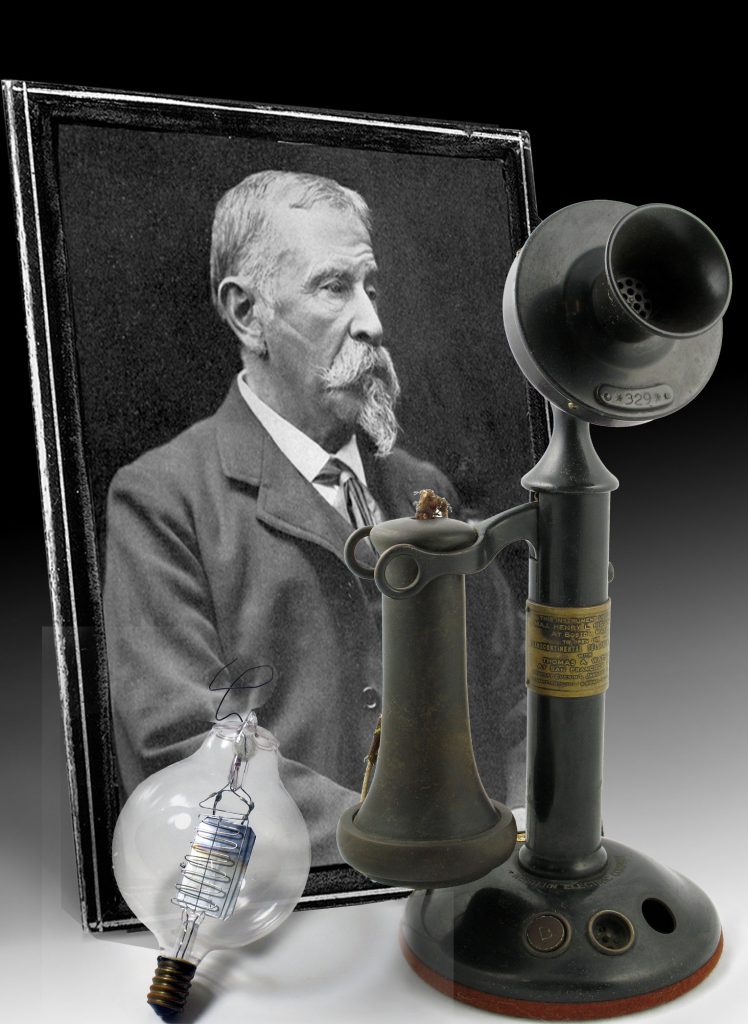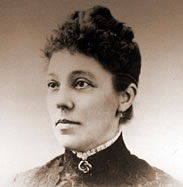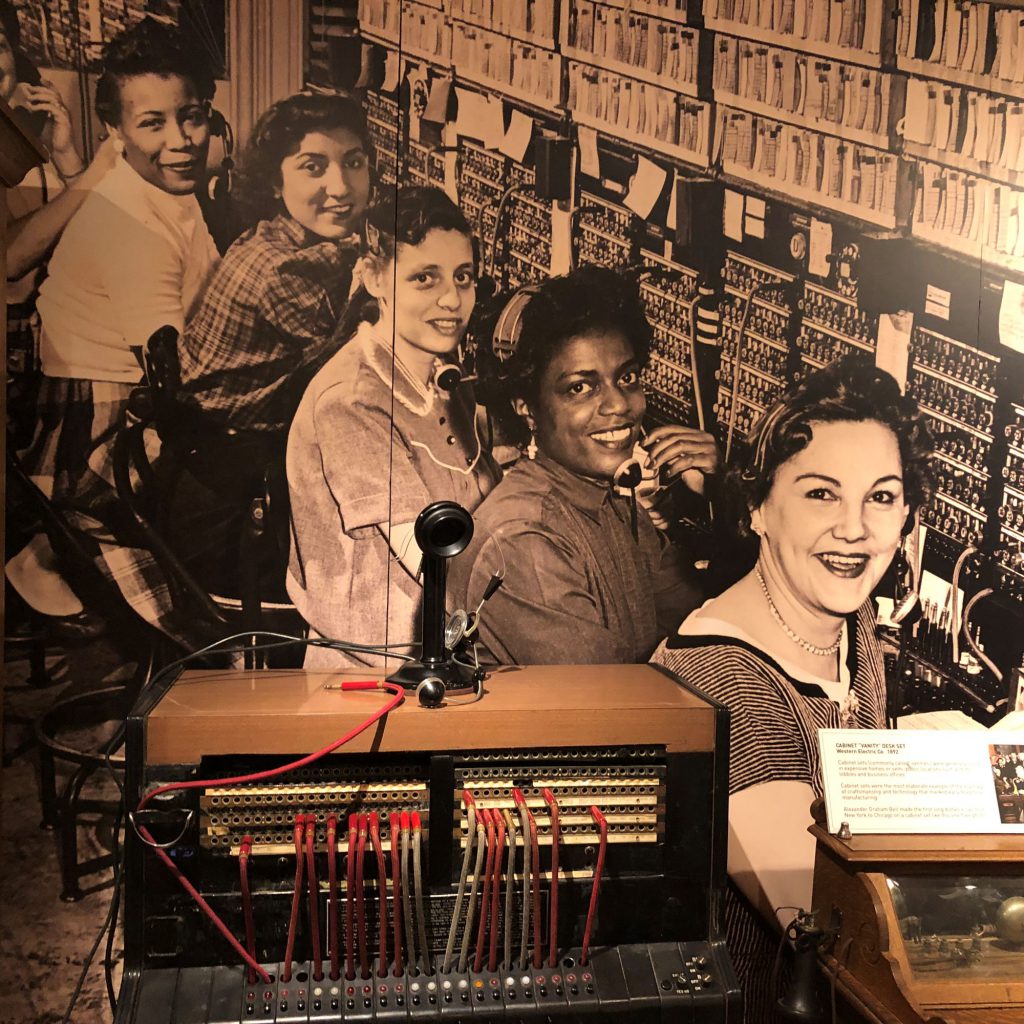
When Alexander Graham Bell first introduced his telephone in 1879, he predicted it would one day be accepted into every American home and business like gas and water. But to establish a telephone network that would someday reach homes all across the Nation—just like gas and water—there had to be an effective and affordable distribution system, a way to connect one customer to another. One customer among millions.
“One moment please.”
“To make electrical telephone wires a possibility like a gas and water supply, a way to shut on and off electrical signals was needed. Water and faucets, gas and valves, and the electrical signals of phone calls now had switches,” writes Ainissa Ramirez in her new book, The Alchemy of Us: How Humans and Matter Transformed One Another.
In the manual switchboard era, operators physically connected calls by inserting a pair of phone plugs into the appropriate jacks.
“It took a special person to navigate customers while pulling switches,” says Jon Winter, Museum co-founder. “The switchboard operator was like a super-friendly, super-competent traffic cop, and a master of both switches and people.”
Emma Nutt is credited with being the first female telephone operator. Personally hired by Alexander Graham Bell, in 1878, he found her to be an exceptional employee for several reasons.

Emma is said to have had a terrific memory, and could remember every number in the telephone directory of the New England Telephone Company. (There are no reports as to exactly how many listings were in that directory, but certainly enough to make an impression upon her new employer.)
She was also an excellent communicator. She sounded alert and responsive. Customers commented on what a pleasure it was to talk with her. Emma’s courteous nature was duly noted by Bell and by other companies who quickly saw the benefit of having a skilled female operator began to hire more women instead of men. By the turn of the 20th century, more and more single women were joining the workforce. Working in the telephone industry was more desirable than many other jobs available to women at the time, most being in factory or sweatshop settings.

By 1950, there were over 342,000 telephone switchboard operators working for the Bell Telephone System in all 48 states. There were also another 1,000,000 telephone switchboard operators who worked at private locations in office buildings, factories, apartments and hotels all over the country. Two out of three homes had at least one telephone, with more getting connected every year.
For women, telecommunication was a door into the workforce and having a place of their own in the corporate world, as everyone needed qualified telecommunications assistance. The contributions provided by women operators proved to be invaluable. There is no way the system would have been a success without effective operator assistance.
“The growth of the number of phones gave rise to a dance of more switches, more girls, more switches, more girls, followed by more switches. As the switchboard became simpler, the job of the operator became more complex…” writes Ramirez. “In essence, the female operator, or ‘hello girl’ as they were called, became the switch.”
Today women occupy a variety of leadership positions at all levels of the telecommunications industry; but it all started with Emma Nutt, the woman who set the standard in helping connect people to people, in the dawning new era of telecommunications.
